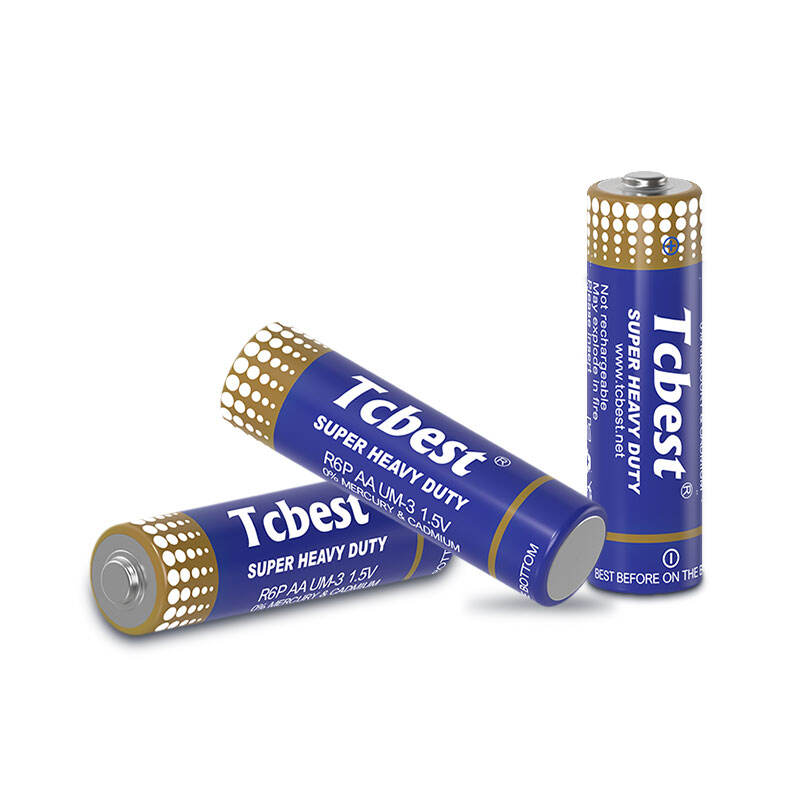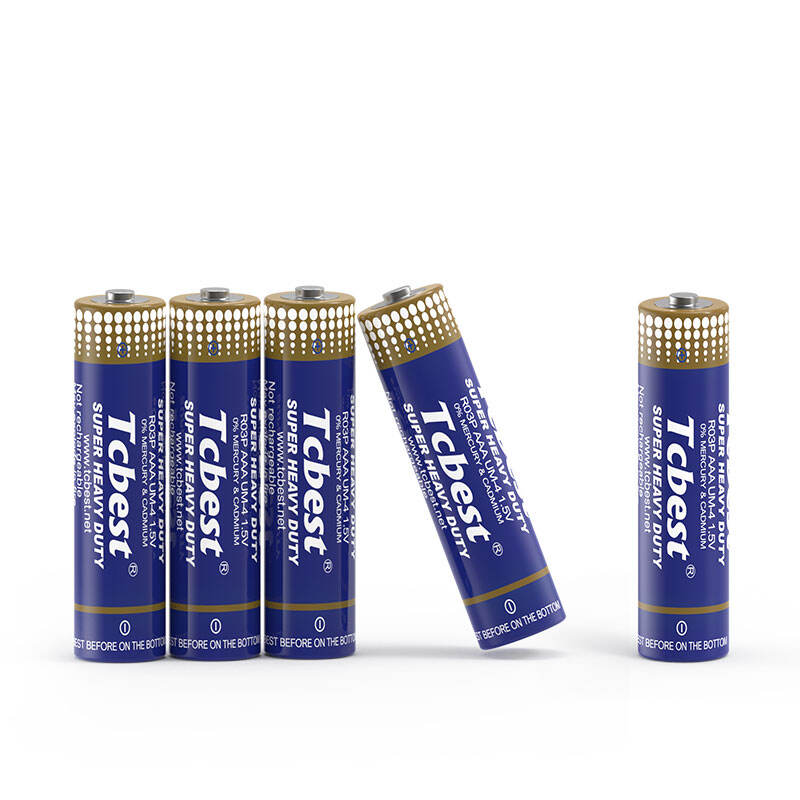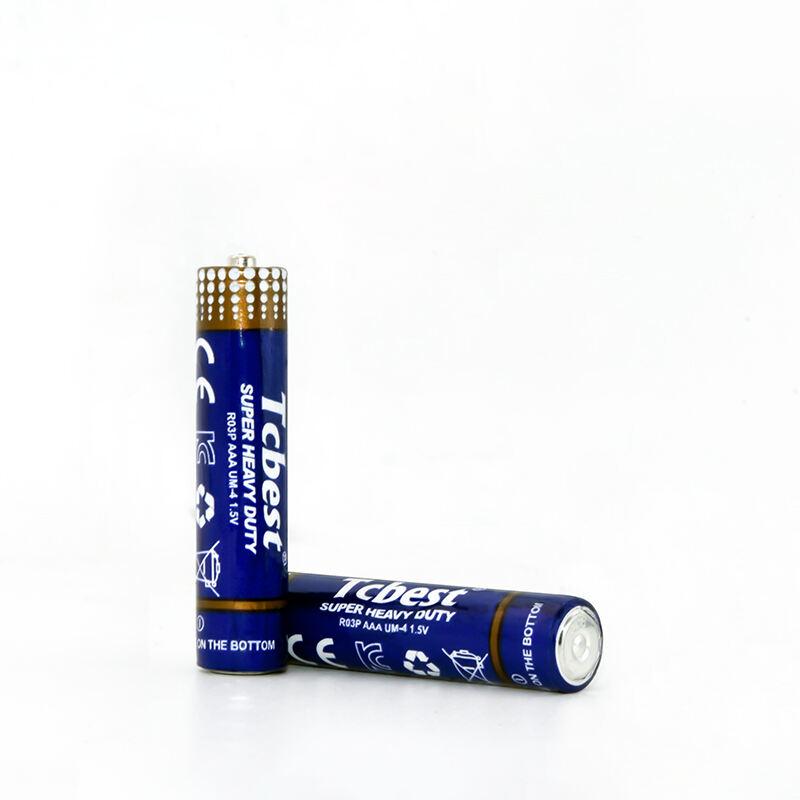carbon zinc
Carbon zinc batteries represent one of the most fundamental and widely used power sources in consumer electronics. These batteries consist of a zinc anode, a manganese dioxide cathode, and a carbon rod conductor, all suspended in an electrolyte paste. The chemical reaction between these components produces electrical energy through a controlled oxidation process. Carbon zinc batteries are particularly notable for their cost-effectiveness and reliability in low-drain devices. They operate through a simple yet effective mechanism where zinc acts as the fuel, gradually oxidizing to produce electrons that flow through the circuit. The carbon rod serves as a conductor while also helping to reduce polarization within the cell. These batteries typically provide 1.5 volts of power and are available in various standard sizes, from AAA to D cells. They demonstrate impressive shelf life under proper storage conditions and maintain consistent performance across a wide range of temperature conditions. In commercial applications, carbon zinc batteries are extensively used in devices such as remote controls, wall clocks, portable radios, and basic electronic toys. Their straightforward construction makes them environmentally preferable to some alternative battery types, as they contain fewer toxic materials.


